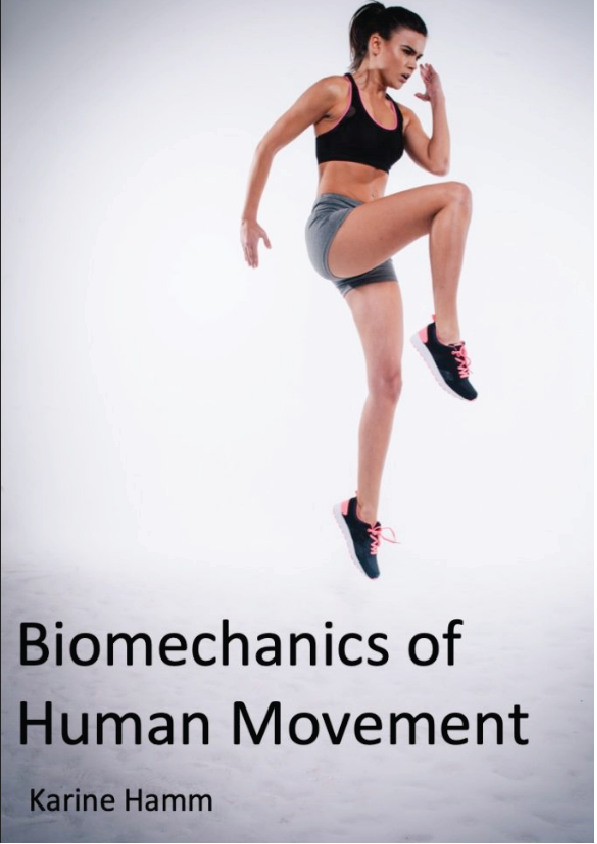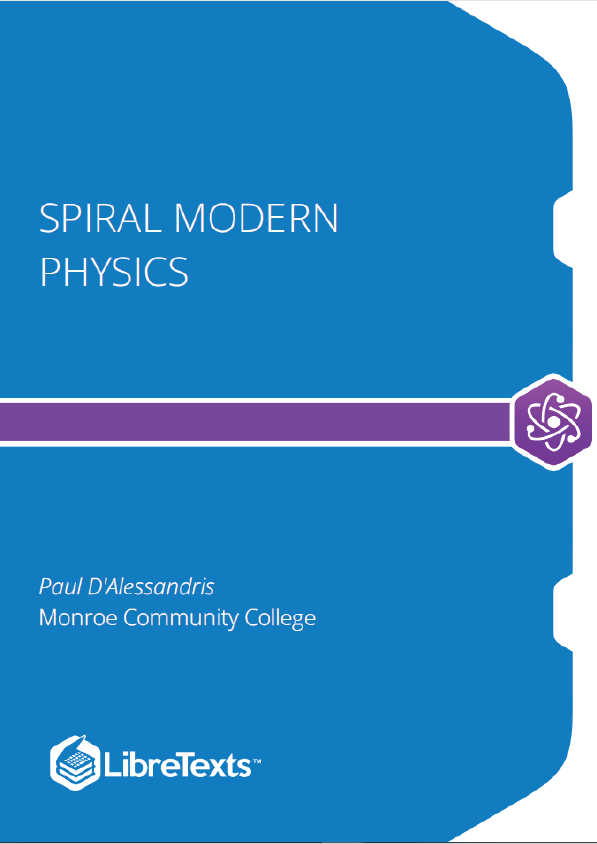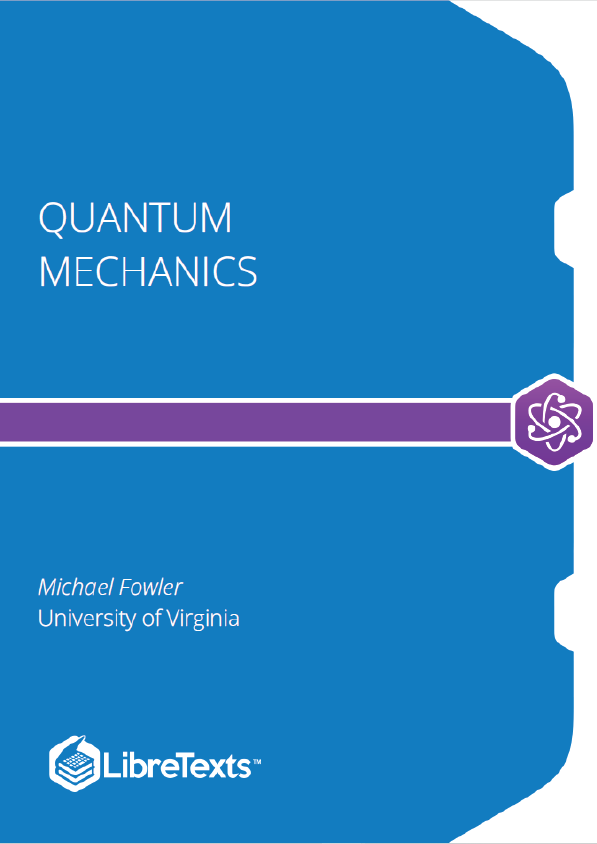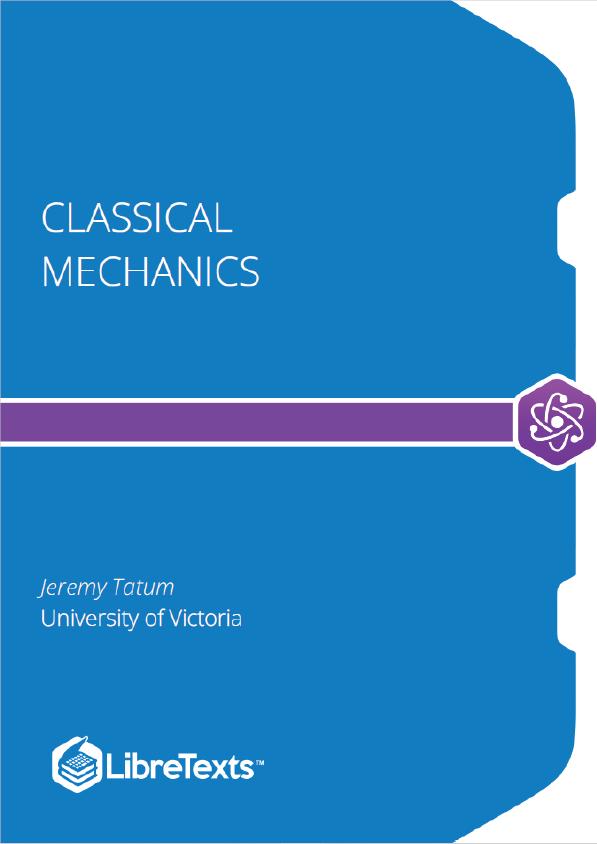In Biomechanics, we use principles of physics to quantify and understand human movement. In order to apply the concepts of physics, ormore specifically,mechanics, students must have a mastery of certain skills such as trigonometry, algebra and graphing. In this chapter, we review some of these concepts.
What is your first reaction when you hear the word “mechanics”? Do you imagine working through difficult equations or formulas that seem to have no real use in life outside the classroom? Many people come to the subject of biomechanics with a bit of fear. But as you begin your exploration of this broad-ranging subject, you may soon come to realize that principles of mechanics plays a much larger role in your life than you first thought, no matter your life goals or career choice. For example, think about how you walked to work or school thismorning. You applied a force to the ground and the ground exerted a force back on your body, propelling you forwards. Aside from moving through the environment, professionals such as engineers, physicians, physical therapists and computer programmers apply biomechanics concepts in their daily work. For example, a physical therapist must understand how the muscles in the body experience forces as they move and bend.
They must understand anatomy and the the effects of forces on the structures to understand the mechanism of injury and recovery. Before we go any further, let’s define ‘Biomechanics‘. You can separate the word into two parts: ‘Bio’ which suggests that Biomechanics involves living or biological systems, and ‘Mechanics’ which suggests the analysis of forces and their effects. Biomechanics is the study of structure and function of biological systems by the means of mechanics (Hatze, 1974). The goal of biomechanics related to human movement is to improve physical performance (through improved technique, equipment or training) and injury prevention and rehabilitation.
Mechanics is a branch of physics concerned with the effects of forces acting on bodies. It can be divided into several branches including rigid-body mechanics, deformable body mechanics and fluid mechanics. This course will focus mostly on rigid-body mechanics since we make the assumption that the body is made of rigid segments linked together at the joints. In reality, these segments do deform under the action of forces but these deformation are considered negligible. You can further subdivide rigid-body mechanics into statics (the mechanics of bodies at rest or moving at a constant velocity) and dynamics (the mechanics of bodies under acceleration). Dynamics will be discussed in terms of kinematics and kinetics.
Kinematics is a branch of study focused on the description of motion (how high, how far, how fast!) and kinetics is a branch focused on the explanation of motion (the forces that cause of tend to cause changes in motion). This book with cover both the kinematics and the kinetics of angular and linear movements.
Mathematics can sometimes feel like a different language. With enough practice, you can become fluent in the language of numbers. Let’s review the concept of ‘equation’. An equation says that two ‘things’ are equal with the use of an equal sign ‘=’. For example:
x + 2 = 6
That equation says: what is on the left (x+2) is equal to what is on the right (6) of the equal sign. This can be a powerful tool as we aim to understand human movement with data (numbers) collected. The equations may get a bit more complicated but the rules remain the same. A formula is a ‘rule’ that use mathematical symbols. It usually consists of an equal sign and two or more variables. For example. the formula for force (as you will see later in the course) is:
F = ma
This can be stated as: the force acting on an object is equal to the mass of the object multiplied by the acceleration of the object. It can be convenient with formulas to have basic algebra skills. In algebra, the goal is to get the letter or symbol (also called the unknown) on one side of the equation (usually the left) and the numbers on the other side.











